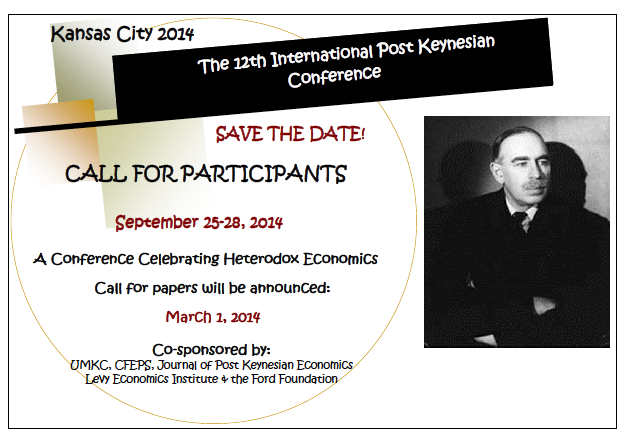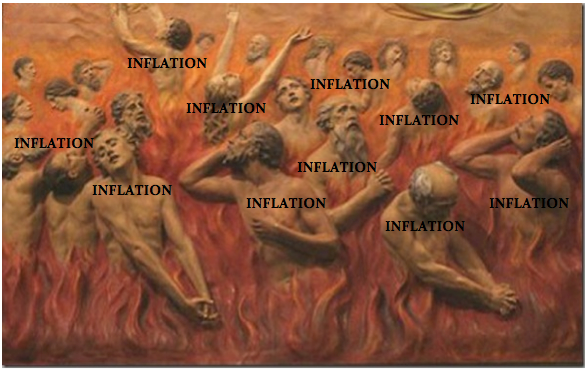By Rob Parenteau
First of all, if a government stops having its own currency, it doesn’t just give up ‘control over monetary policy’…If a government does not have its own central bank on which it can draw cheques freely, its expenditures can be financed only by borrowing in the open market, in competition with businesses, and this may prove excessively expensive or even impossible, particularly under ‘conditions of extreme urgency’…The danger then is that the budgetary restraint to which governments are individually committed will impart a disinflationary bias that locks Europe as a whole into a depression it is powerless to lift.
So wrote the late Wynne Godley in his August 1997 Observer article, “Curried Emu”. The design flaws in the euro were, in fact, that evident even before the launch – at least to those economists willing to take the career risk of employing heterodox economic analysis. Wynne’s early and prescient diagnosis may have come closest to identifying the ultimate flaw in the design of the eurozone – a near theological conviction that relative price adjustments in unfettered markets are a sufficiently strong force to drive economies back onto full employment growth paths.













